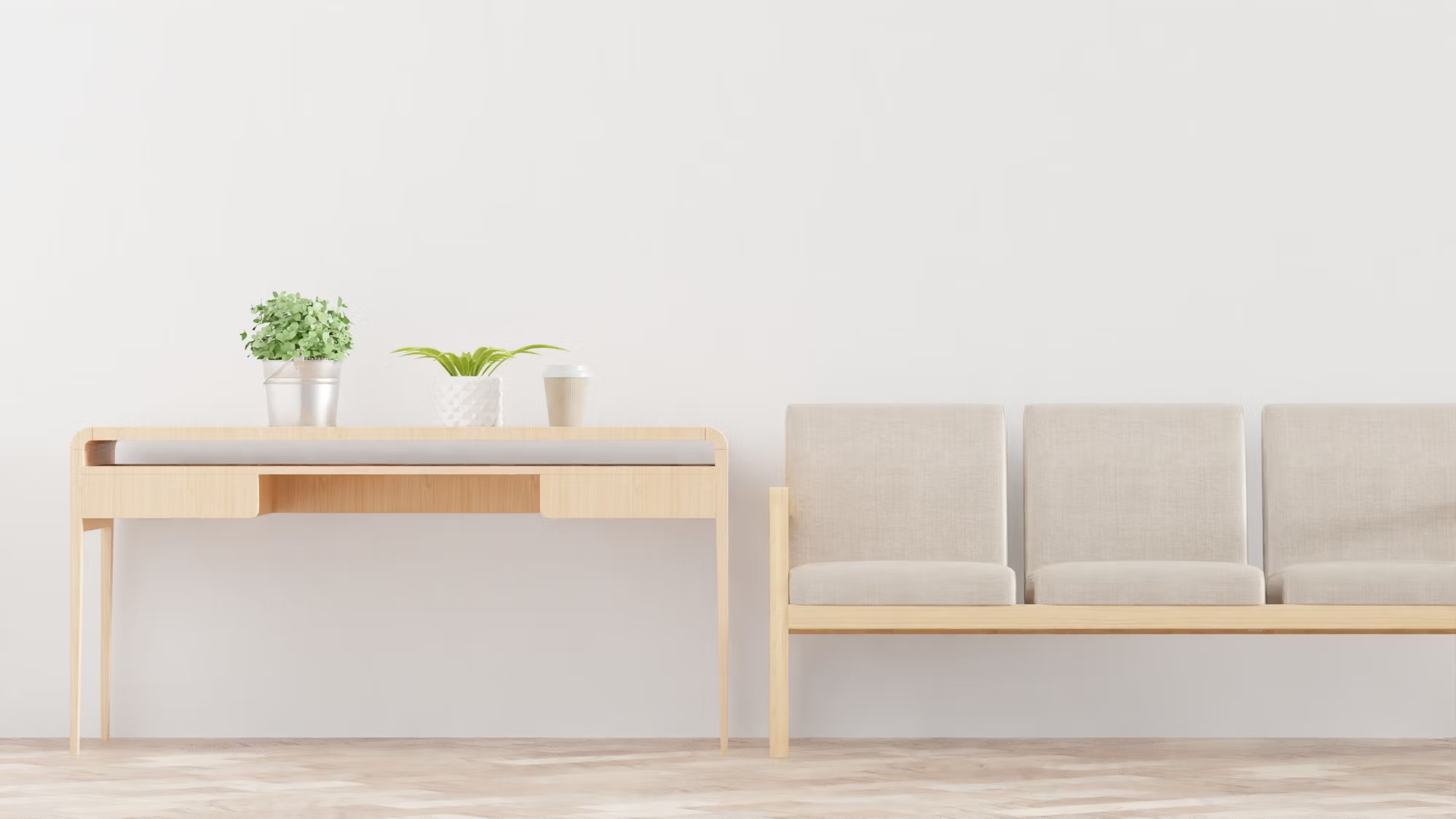
In today’s fast-paced world, the concept of minimalism has gained popularity as a lifestyle choice that promotes simplicity, clarity, and a greater sense of peace. For many, the clutter and chaos of modern living can be overwhelming, leading to a desire for a more tranquil home environment. Embracing minimalism in apartment design is a transformative approach that focuses on reducing excess and creating spaces that are not only functional but also aesthetically pleasing. This article delves into the principles of minimalism and provides practical tips on how to create a serene and clutter-free living space.
At its core, minimalism is about intentionality. It’s about making conscious choices regarding what we bring into our living spaces and how we organize them. To begin the process of transforming your apartment into a minimalist haven, start by decluttering. Go through each room and evaluate every item. Ask yourself whether each piece serves a purpose or brings you joy. If it doesn’t, consider donating, recycling, or discarding it. This initial step can be liberating and will lay the foundation for a more organized and peaceful environment.
Once you’ve decluttered, it’s essential to think about your space’s layout. Minimalism often emphasizes open, airy designs that promote a sense of calm. Arrange furniture in a way that maximizes space and allows for easy movement. Consider using multifunctional furniture, such as a sofa bed or an extendable dining table, which can adapt to your needs while minimizing the number of pieces in the room. The goal is to create a fluid layout that feels spacious and welcoming.
Color plays a significant role in minimalistic design. A neutral color palette can evoke feelings of serenity and make small spaces appear larger. Shades of white, beige, gray, and soft pastels are excellent choices for walls and larger furniture items. You can add interest and warmth through accessories like cushions, throws, or artwork in subtle tones. By keeping the overall color scheme cohesive, you’ll create a harmonious environment that encourages relaxation.
Lighting is another critical aspect of a minimalist apartment. Natural light is essential, as it enhances mood and promotes a connection to the outdoors. To maximize natural light, consider sheer curtains that allow sunlight to filter through while maintaining privacy. Additionally, use a combination of ambient, task, and accent lighting to create a layered effect. Simple light fixtures with clean lines can complement a minimalist aesthetic and provide functionality without overwhelming the space.
When selecting decor for your minimalist apartment, choose quality over quantity. Instead of filling your walls with numerous framed photos or art pieces, opt for a few carefully selected items that resonate with you. A single statement piece, such as a large canvas or an intricate sculpture, can serve as a focal point and elevate the overall design. Remember that minimalism is not about having less for the sake of it; it’s about curating a collection of meaningful items that enhance your space and reflect your personality.
Storage solutions are vital in maintaining a clutter-free environment. Invest in smart storage options that keep your belongings organized and out of sight. Built-in shelving, under-bed storage, and multifunctional furniture with hidden compartments can help manage space effectively. Regularly reassess your belongings to ensure that you are only keeping items that you truly need or cherish. This ongoing practice will help prevent clutter from accumulating again.
Incorporating natural elements into your minimalist apartment can further enhance the calming atmosphere. Houseplants not only improve air quality but also bring life and vibrancy to your space. Choose low-maintenance plants, such as succulents or snake plants, which require minimal care and can thrive in various conditions. Additionally, consider using natural materials like wood, stone, or linen in your decor to create a warm and inviting ambiance.
One of the key principles of minimalism is mindfulness. As you design your apartment, take time to reflect on your lifestyle and how your space can better serve your needs. Create zones within your apartment that support different activities, such as reading, working, or relaxing. Designating specific areas for various purposes can help create a sense of balance and harmony in your living space.
Minimalism also encourages a shift in mindset. It’s not just about the physical space; it’s about cultivating a lifestyle that values simplicity and intentionality. This philosophy extends beyond your home and into daily habits, such as simplifying your schedule, prioritizing meaningful experiences over material possessions, and practicing gratitude. By adopting a minimalist mindset, you can create a more fulfilling and joyful life.
Moreover, minimalism promotes sustainability. By being intentional about what you bring into your home, you can make choices that are better for the environment. Opt for high-quality, durable products that will last rather than cheap, disposable items. Consider second-hand or vintage pieces, which often have a unique character and reduce waste. Living minimally aligns with the principles of conscious consumerism, encouraging you to buy less and appreciate what you have.
In conclusion, embracing minimalism in apartment design can lead to a more serene, organized, and fulfilling living environment. By decluttering, optimizing space, and selecting meaningful decor, you can create a home that reflects your values and enhances your quality of life. Minimalism is not merely a design trend; it’s a lifestyle choice that fosters mindfulness, sustainability, and tranquility. As you embark on this journey, remember that the goal is to create a space that nurtures your well-being and allows you to live with intention.





